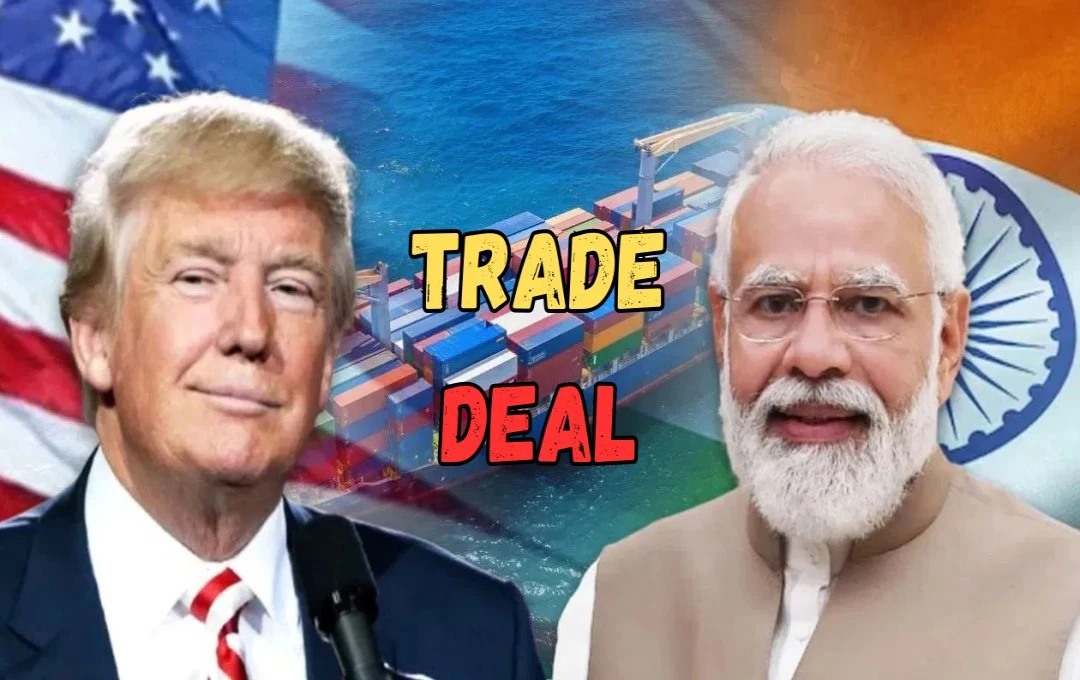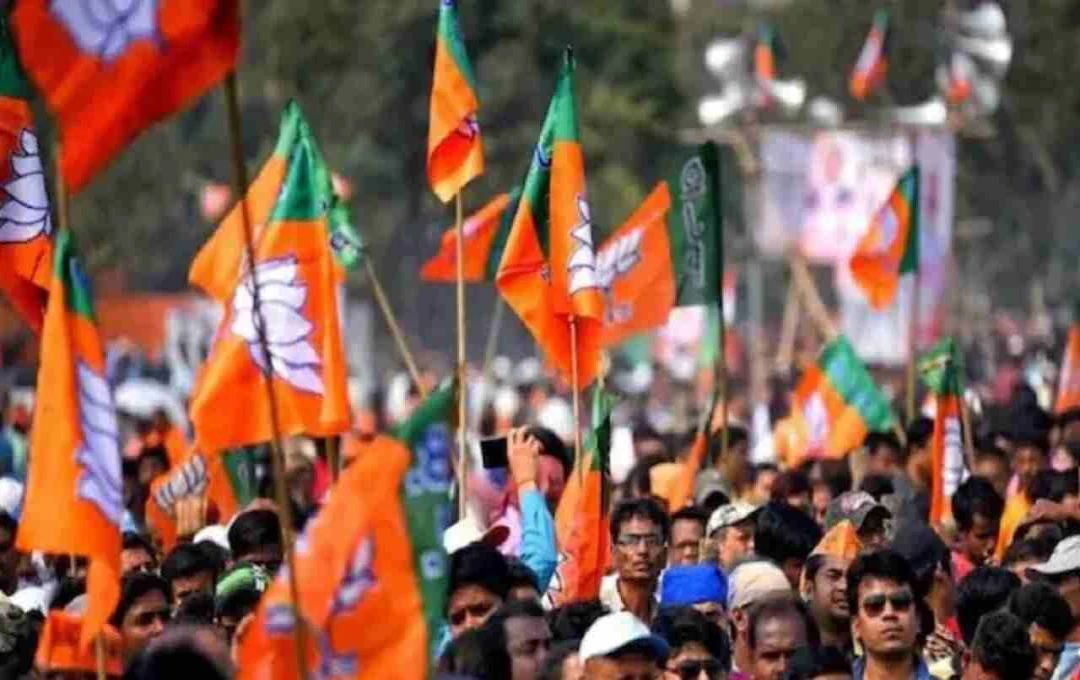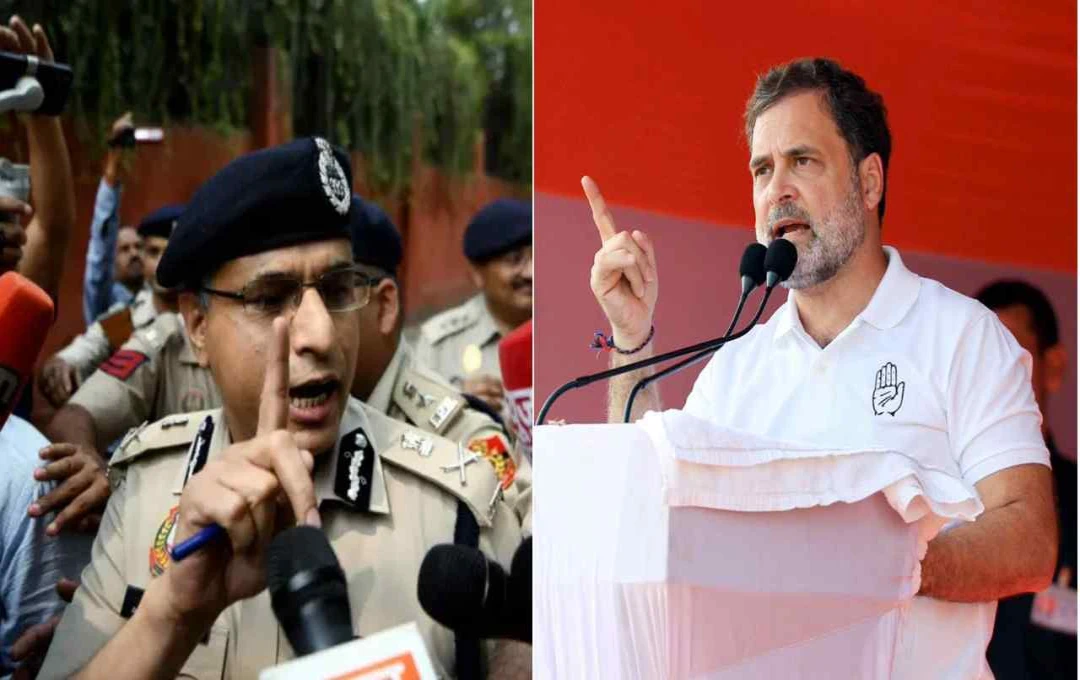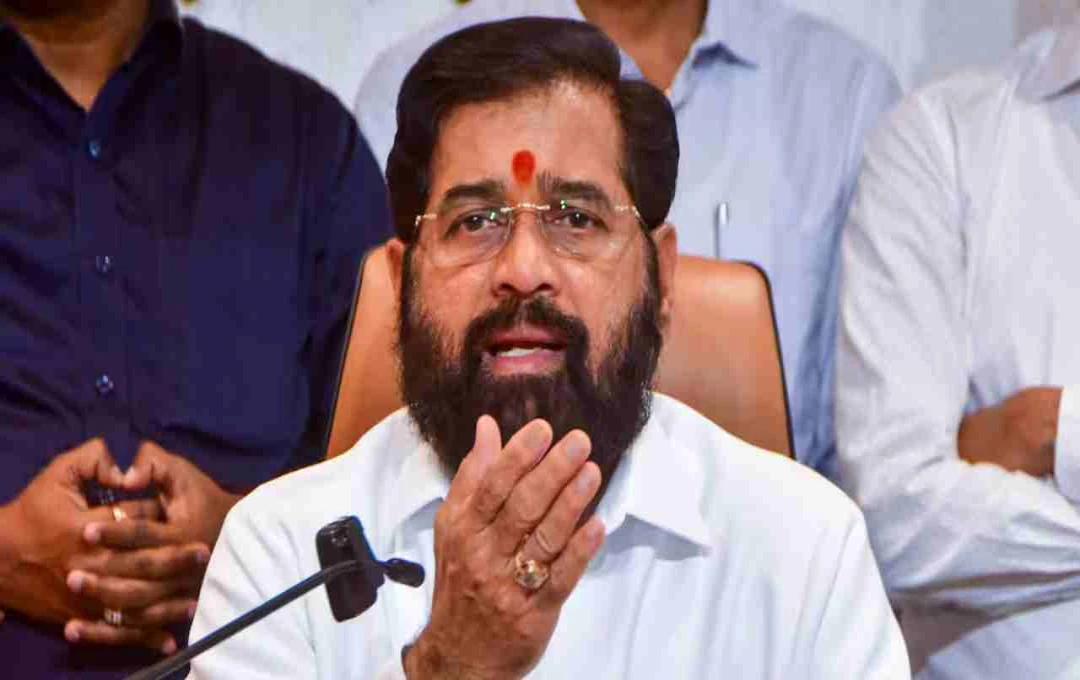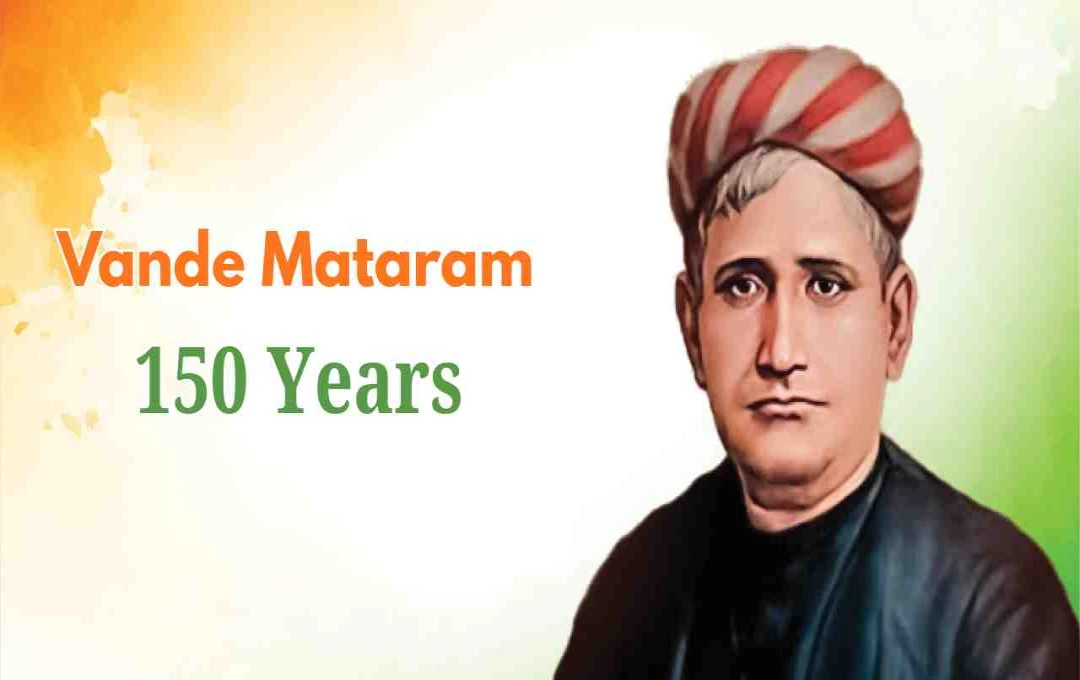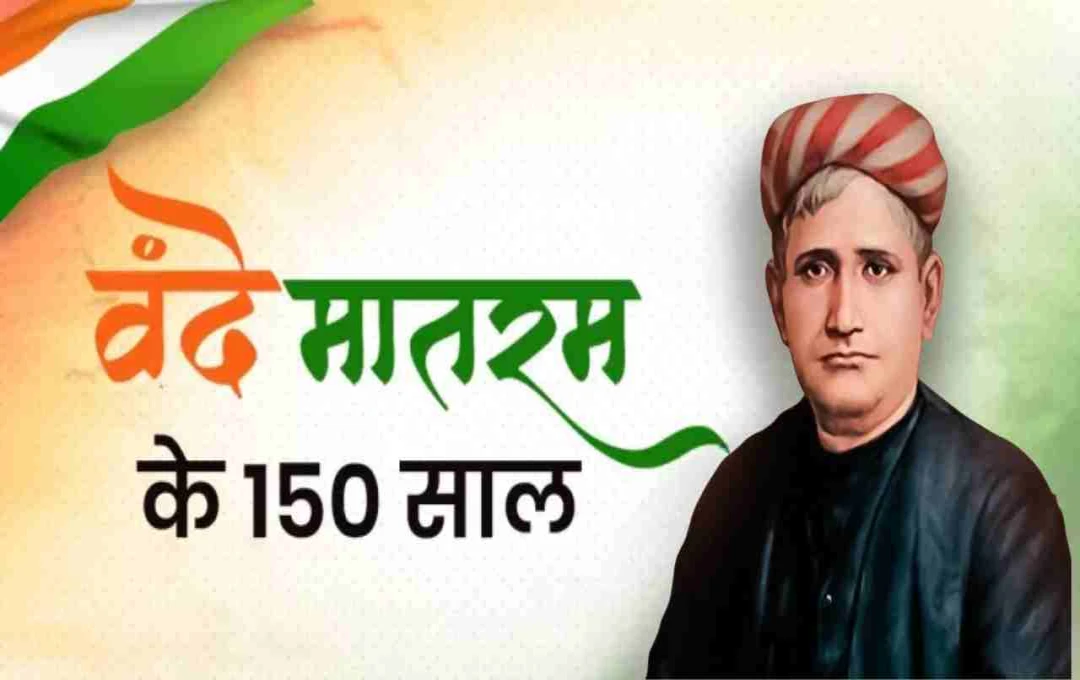Discussions regarding the highly anticipated trade deal between India and the United States have intensified. The deadline of August 1st is fast approaching, but both countries have yet to reach an agreement on some key issues. The biggest sticking point is the US demand that India completely eliminate import duties on American products as soon as the deal is implemented.
According to a Business Standard report, the US is not showing any flexibility regarding the trade deal this time. It directly wants India to remove tariffs on most American goods in one fell swoop. However, India's traditional policy dictates otherwise. India generally adopts a policy of gradually reducing taxes on sensitive products.
India's Policy: Gradual Reduction in Duties
Indian trade policy includes a system of 'tariff staging'. This means that taxes on some products can be removed as soon as the deal is implemented, but taxes on goods that India considers sensitive for domestic industries are reduced in a phased manner.
Taking the example of the recent deal with the United Kingdom, India has agreed to remove taxes on 90 percent of products over 10 years. Of these, zero duty will be applicable on approximately 64 percent from day one, while relief will be provided on the rest gradually.
Phased Policy Not Acceptable to the US
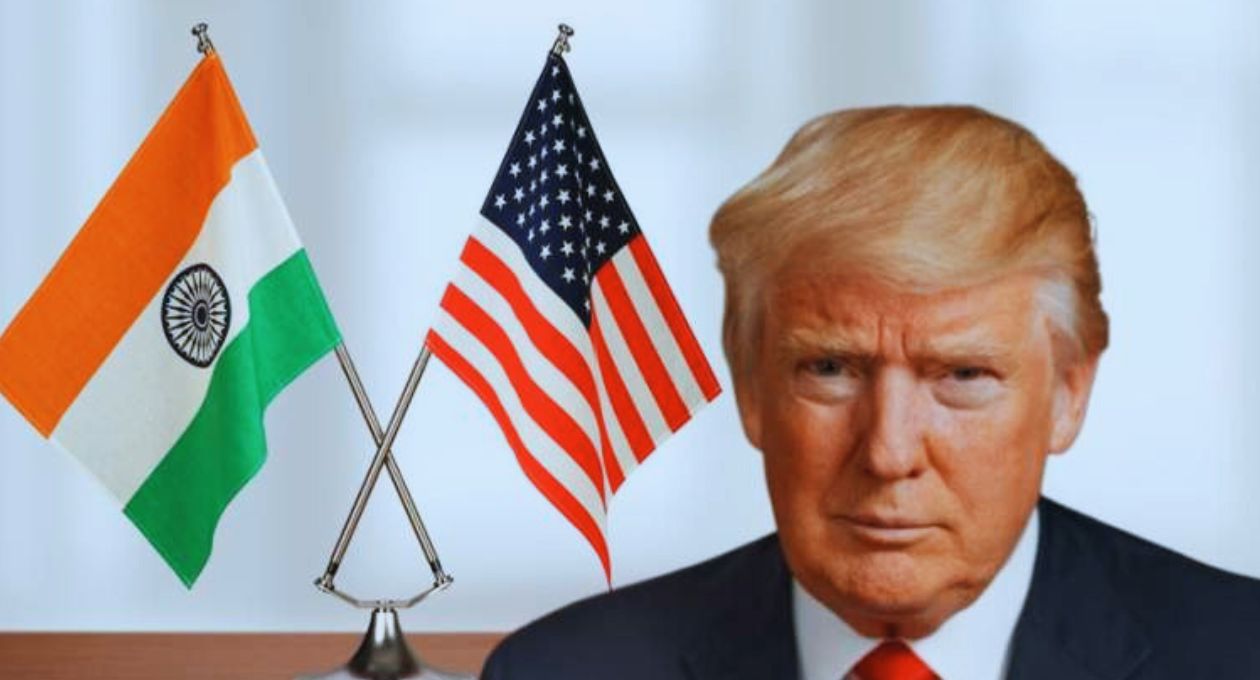
According to signals from the US, this phased policy of India is not acceptable to them. Jamieson Greer, an official at the United States Trade Representative (USTR), said in an interview that India has always prioritized the protection of its domestic market. But the US now wants agreements that completely open the markets of other countries to its products and companies.
According to Greer, the US wants India to cut duties immediately and on a large scale. On the other hand, India is cautious about protecting its sectors like agriculture, textiles, and small-scale industries. Opening these sectors without planning can be detrimental to the domestic market.
US Will Take Action if Agreement Not Reached Before August 1st
If no deal is reached by August 1st, the US may impose new tariff rates on some Indian products. This could be a major setback for Indian exporters. Previously, the US has already withdrawn facilities like the Generalized System of Preferences (GSP) from India, which made access to the American market more expensive for India.
Now, if the US unilaterally increases tariffs again, it could affect India's major export sectors like pharmaceuticals, steel, and textiles.
Analysis by Ajay Srivastava: India Must Maintain a Balance
Ajay Srivastava, founder of the Global Trade Research Initiative, told Business Standard that if this deal happens, it could be largely similar to the US's old trade agreements. In this, India may have to give American investment, tax cuts, and regulatory access in its market, but there is no guarantee that the US will give India the same relief in return.
According to Srivastava, in the agreements that the US has made with countries so far, it maintains a minimum duty system on its products, but puts pressure on the other country to open up more and more of its market. India will have to avoid this imbalance.
This Agreement is Strategically Important for India
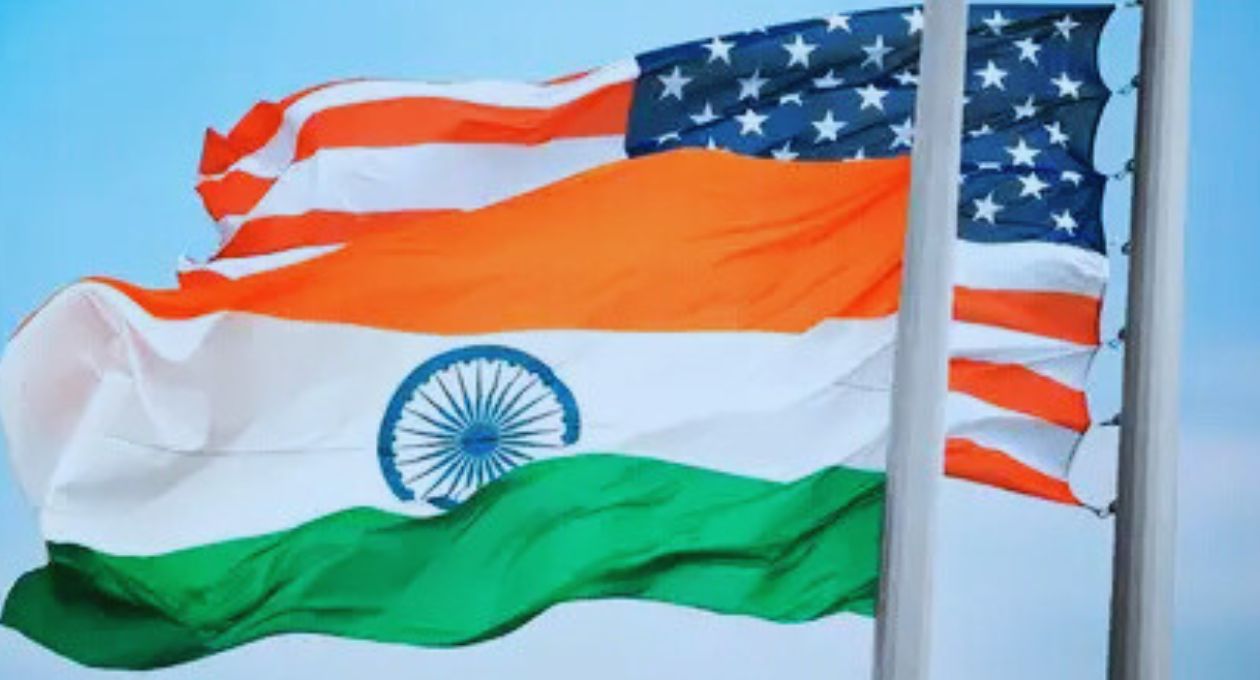
Experts believe that the US is India's largest trading partner. Bilateral trade between India and the US is estimated to reach approximately $200 billion in fiscal year 2024-25. In this respect, this agreement is very important, especially at a time when India is actively pursuing Free Trade Agreements (FTAs) with many countries.
But it is also necessary for India to not ignore the protection of its domestic industry. Several Indian industry organizations have also warned the government not to cut duties hastily under pressure from the US.
Negotiations Still Ongoing, But Time is Running Out
Only two days are left until August 1st, and negotiations between the two sides are still ongoing. However, no concrete decision has been announced. The American side is repeatedly talking about India taking a 'bold step,' while India is sticking to its demand for a balanced deal.
If an agreement is not reached in time, either the US may impose a new tariff burden on India, or the date of the deal may be considered for extension. But currently, the situation indicates that the agreement is still a little far from being finalized.
All Eyes Now on August 1st
Now, the market, the industry, and strategic analysts are all focused on August 1st. Whether India and the US will be able to reach a balanced agreement at the last minute or whether there will be renewed bitterness in trade relations, will become clear in a few hours.
